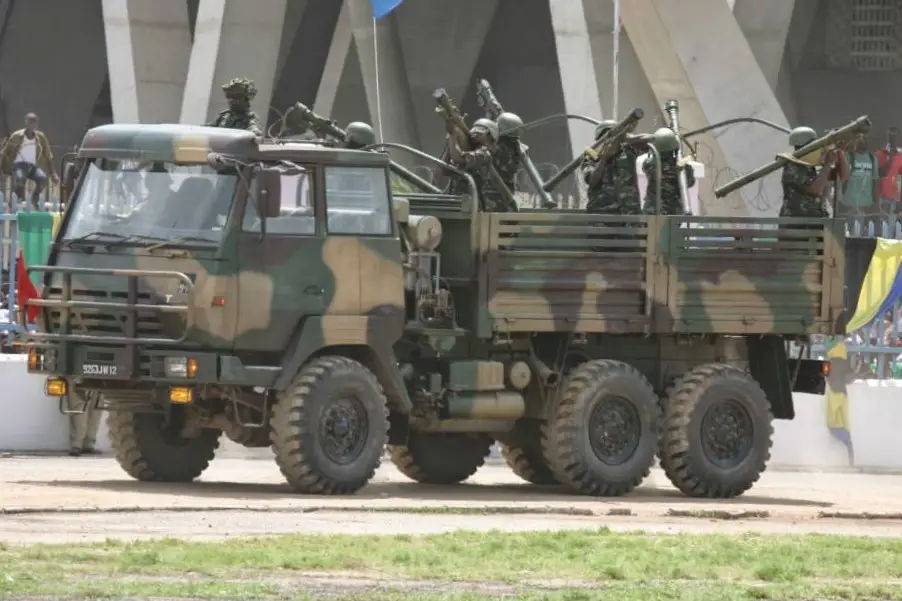Breaking news
Tanzanian army parades with Russian-made 9K32 Strela-2 man-portable air-defense systems.
On March 9, 2009 the land force command of the Tanzanian army was officially created by then president Jakaya Kikwete. The Land force command was separated from the Army and an official commander was appointed to run the operations of the Land Forces.
Follow Army Recognition on Google News at this link

Tanzanian soldiers parading with Russian-made 9K32 Strela-2 man-portable air-defense systems (Picture source: Twitter account of HammerOfWar).
In 2013, the other separated half of the army was officially incorporated as a new branch of the military to oversee strategic planning and administration of all the branches of the military called the Defense Force HQ Command. As of 2012, the army is gradually modernising and restructuring. Much of the inventory is in storage or unreliable.
Composition :
5 × infantry brigades
1 × armoured brigade
3 × artillery battalions
2 × air defence artillery battalions
1 × mortar battalion
2 × anti-tank battalions
121st Engineer Regiment (battalion size; unit identification from usaraf.army.mil and Flickr)
1 × central logistic/support group
The 9K32 Strela-2 ("Arrow"; NATO reporting name : SA-7 Grail) is a light-weight, shoulder-fired, surface-to-air missile (or MANPADS) system. It is designed to target aircraft at low altitudes, with passive infrared homing guidance and destroy them with a high explosive warhead. Broadly comparable in performance with the U.S. Army FIM-43 Redeye, the Strela-2 was the first Soviet man-portable SAM – it entered use in 1968, and full-scale production began in 1970. While the Redeye and 9K32 Strela-2 were similar, the missiles weren’t identical. Nonetheless, the CIA concluded that the Soviet SA-7 had benefited from the Redeye’s development.
The Strela-2 was a staple of the Cold War and was produced in huge numbers for the Soviet Union and their allies, as well as revolutionary movements. Though since surpassed by more modern systems, the Strela and its variants remain in service in many countries, and have seen widespread use in nearly every regional conflict since 1972.



















